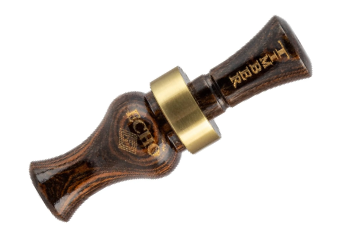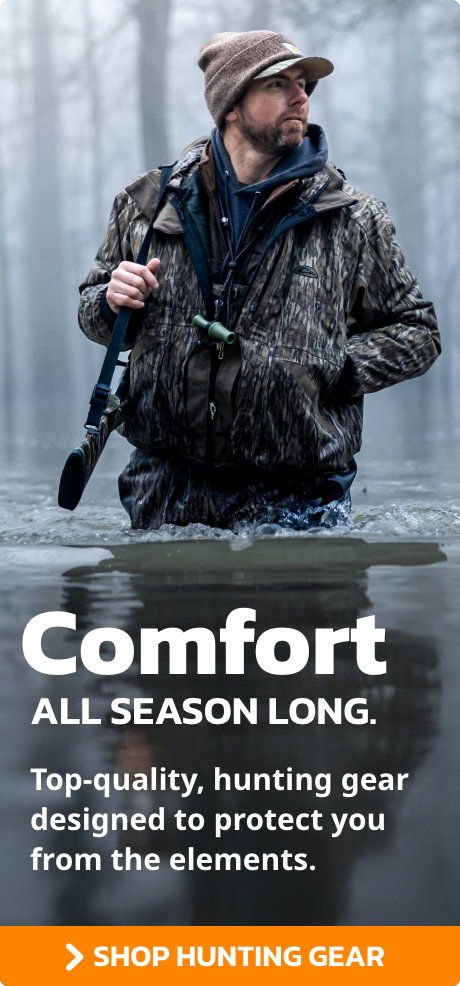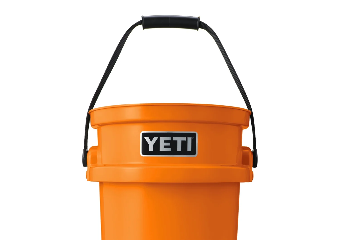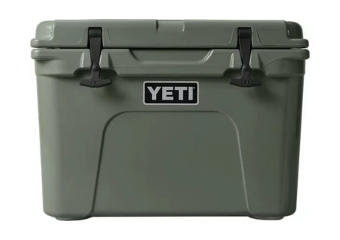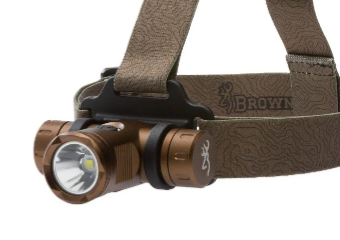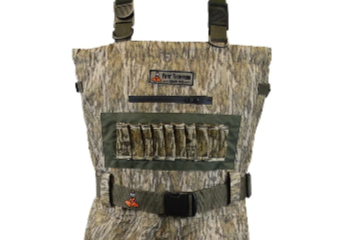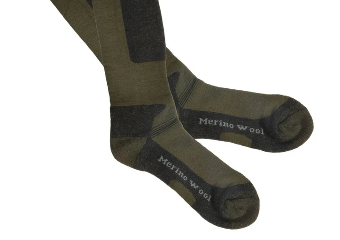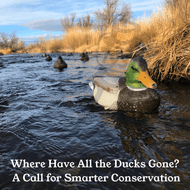Where Have All the Ducks Gone? A Call for Smarter Conservation
Feb 3rd 2025
The Decline of Duck Numbers: Is It Time for Change?
For the past two decades, hunters have debated the decline in duck numbers, pointing to a range of possible causes. Some blame the expansion of refuges, while others argue that shifting flyways and Missouri holding too many birds have altered migration patterns. Unpredictable weather, increasing hunting pressure, and private clubs feeding ducks to keep them in one place have also been cited as contributing factors. While all of these issues play a role, the undeniable truth remains: the ducks simply aren’t there. Year after year, hunters witness declining numbers in the field, yet hunting regulations have not changed to reflect the reality before us.
This problem didn’t appear overnight. It can be traced back to the implementation of the Adaptive Harvest Management Plan (AHMP) by the U.S. Fish and Wildlife Service (USFWS). While intended to ensure sustainable duck populations, many hunters believe the model it relies on is deeply flawed.
The Problem with the Current Model
One of the biggest concerns is the assumption that duck populations can thrive under a continuous liberal season structure. For 25 years, the waterfowl community has operated under a 60-day season with a 6-duck daily limit—regardless of environmental changes, habitat loss, or shifting migration patterns. However, nature doesn’t adhere to rigid formulas, and outdated policies fail to account for the evolving challenges facing waterfowl populations.
What hunters see in the field often does not align with the data being used to justify these extended seasons. Despite visible declines, bag limits and season lengths have remained unchanged. The reality is that ducks need time to recover, and without proactive conservation efforts, we risk long-term damage to their populations.
A Call for Action
The question now is: what can we do to reverse the decline before it’s too late? A more conservative approach, such as a 30-day season with a 3-duck limit, could provide the breathing room waterfowl populations desperately need. While such a change may not be popular among all hunters, those who prioritize the future of the sport understand that short-term sacrifice is necessary for long-term sustainability.
Hunters have always played a critical role in conservation, and now more than ever, we must step up to advocate for responsible management. That means demanding better data-driven policies, acknowledging the realities we see in the field, and pushing for adjustments that will ensure the survival of the waterfowl we cherish.
The future of waterfowling is in our hands. It’s time to make the tough decisions today to secure the sport—and the wildlife—for generations to come.






















